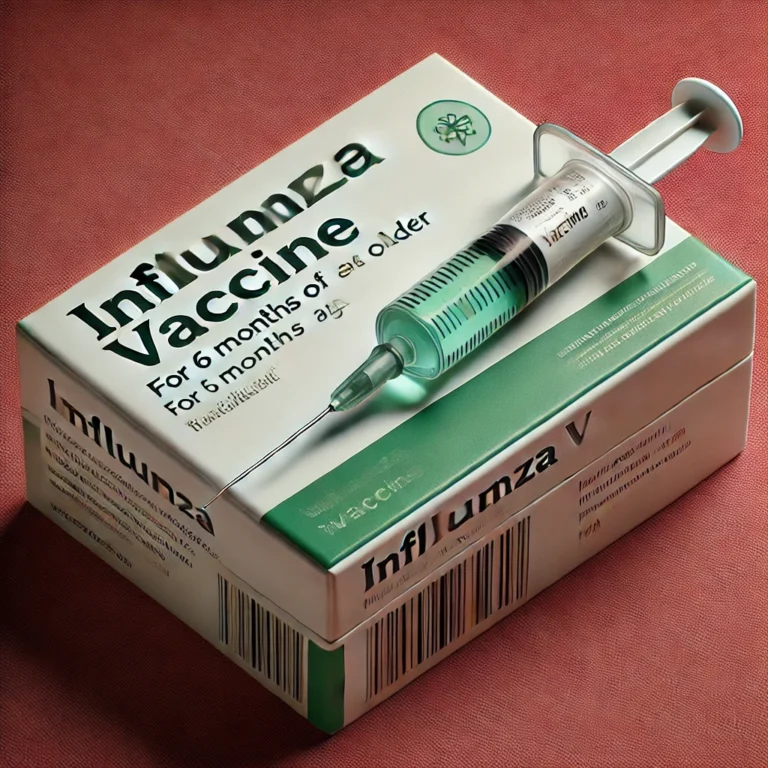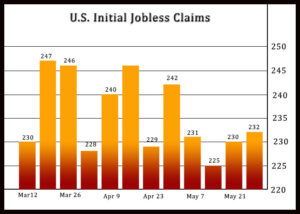In a recent development that has raised eyebrows and triggered widespread concerns, the inclusion of a COVID clawback provision in the debt limit deal has sent shockwaves through the public health sector. This provision, which aims to reclaim unspent COVID relief funds, has ignited fears about its potential consequences for ongoing pandemic response efforts. In this article, we delve into the details of the COVID clawback in the debt limit deal and discuss the resulting public health concerns.
Understanding the COVID Clawback Provision:
The COVID clawback provision refers to a mechanism designed to recoup unused funds allocated for COVID relief programs. While the intention behind this provision may seem reasonable at first glance, it has caused significant apprehension among public health officials, experts, and concerned citizens alike. The fear stems from the potential ramifications of reclaiming these funds, which are critical for sustaining and enhancing public health measures during an ongoing pandemic.
Implications for Public Health:
Eroding Preparedness Efforts:
The COVID clawback provision poses a serious threat to the preparedness efforts that have been painstakingly built over the past year. With the uncertainty surrounding the future trajectory of the pandemic, it is crucial to maintain robust public health infrastructure and sufficient resources to address any unforeseen challenges. The clawback provision’s potential impact on this preparedness cannot be understated.
Slowing Down Vaccination Campaigns:
Vaccination campaigns are vital in curbing the spread of COVID-19 and achieving herd immunity. However, the clawback provision raises concerns about potential delays in vaccine distribution and administration. Reallocating unspent funds could hamper vaccination efforts, impede the procurement of vaccines, and disrupt the overall progress made in inoculating the population.
Weakening Testing and Contact Tracing:
Testing and contact tracing remain critical components of managing the pandemic effectively. The clawback provision’s implications on these essential activities are worrisome. A reduction in funding could limit testing capacity, hinder timely identification of positive cases, and weaken contact tracing efforts. This, in turn, may lead to increased transmission rates and difficulties in containing the virus.
Addressing Public Health Fears:
Recognizing the gravity of the concerns surrounding the COVID clawback provision, it is essential to consider proactive measures to alleviate these fears:
Transparent and Accountable Resource Allocation:
To ensure public trust and confidence, it is crucial to maintain transparency and accountability in the allocation of funds. Governments should provide detailed reports on how COVID relief funds have been utilized, showcasing their impact on public health measures. This transparency can help address fears about potential mismanagement or misallocation of resources.
Strategic Planning and Risk Mitigation:
Public health officials and policymakers must proactively anticipate potential challenges and plan accordingly. By considering the long-term implications of the clawback provision, authorities can devise strategies to minimize its impact on critical areas such as vaccination campaigns, testing, and contact tracing. Identifying alternative funding sources or implementing contingency plans can help mitigate the adverse effects of the clawback provision.
Engaging Stakeholders and Public Awareness:
Engaging stakeholders, including public health experts, community leaders, and citizens, is crucial in navigating the challenges posed by the clawback provision. Open dialogues, public awareness campaigns, and regular updates on resource allocation can help alleviate fears and foster collaboration in finding viable solutions.












